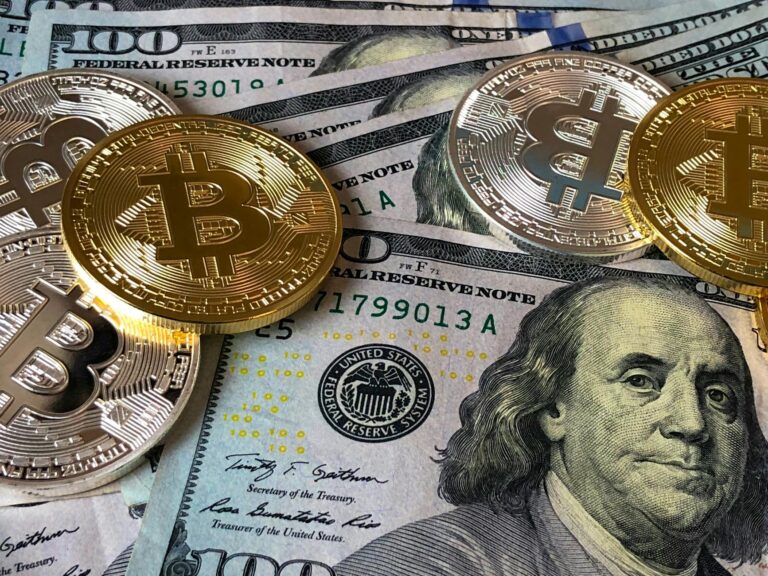Albertsons’ CEO Susan Morris: What’s Next After the Merger That Wasn’t?
Let’s be real—the grocery world got turned upside down when that $24.6 billion Albertsons-Kroger merger got shot down. And now? Susan Morris, Albertsons’ CEO, has to figure out how to go it alone. No pressure, right? With everyone from Wall Street to your aunt Sally watching prices like hawks, her game plan boils down to two things: cutting costs without looking cheap, and keeping customers from running to Walmart. But here’s the million-dollar question—can Albertsons actually pull this off?
So What Exactly Went Wrong With the Merger?
Back in 2022, this deal was supposed to be huge—like, nearly 5,000 stores nationwide huge. But then regulators stepped in. Basically, they thought it would turn grocery shopping into a monopoly nightmare. And honestly? They weren’t wrong. When the judge killed the deal, Albertsons’ stock took a hit faster than milk left out in the sun. Suddenly, everyone’s wondering how they’ll survive without Kroger’s muscle.
How Susan Morris Is Playing This
Morris isn’t new to this—she’s been in retail since, what, the stone age? Okay, maybe not that long. But she moved fast. First up? Tightening the belt. We’re talking supply chain tweaks, squeezing vendors, and yeah, probably some layoffs nobody wants to talk about. At the same time, they’re pushing these “locked-in” prices on basics. “Value is everything right now,” Morris told investors last month. And she’s not wrong—have you seen egg prices lately?
The Competition Problem (And It’s Not Just Kroger)
Here’s the thing—Kroger’s just part of the problem. Amazon’s out here buying Whole Foods and inventing stores without cashiers. So what’s Albertsons’ move? Doubling down on their store brands (Signature Select is legit good) and trying to catch up on delivery. They’re throwing money at curbside pickup and same-day stuff, but… is it enough? Retail expert Lisa Harper put it bluntly: “You either compete on price or convenience—right now Albertsons is stuck in the middle.” Ouch.
Thinking Outside the Grocery Aisle
Beyond the obvious cost cuts, Morris is getting creative. Smaller city stores for people who just need milk and eggs. Maybe buying up some organic chains. They’re partnering with Instacart and DoorDash, but let’s be honest—everyone’s doing that. What they really need? Some tech magic. Like those automated warehouses Amazon’s got. “The future isn’t just scanning your own groceries,” says industry guy Mark Russo. “It’s about making the whole process disappear.” Deep.
Keeping Customers Happy (Or At Least Not Angry)
Morris knows the real battle is at checkout. Their loyalty program’s getting smarter with personalized deals. Stores are adding self-checkout (because nobody likes small talk at 7 AM). They’re even doing the whole eco-friendly thing—less plastic, local produce. “We’re building relationships, not just transactions,” Morris said recently. Nice sentiment, but let’s see if it matters when rent’s due and the budget’s tight.
What’s Next? Your Guess Is As Good As Mine
The plan seems clear: stop the bleeding, then get clever. But there’s baggage—that merger debt isn’t going anywhere, and employees want raises (can’t blame them). The good news? Albertsons still has strong spots, like Safeway out West. If Morris can walk this tightrope—keeping prices low while feeling modern—they might just make it. Or as someone inside put it: “This isn’t about losing. It’s about changing the game.”
So yeah, the Kroger dream is dead. But Albertsons isn’t rolling over. Under Morris, they’re trying to be quicker, cheaper, and maybe even a little cooler. Will it work? Depends on whether you notice anything different when you’re loading your cart. What do you think—can Albertsons bounce back, or is this the beginning of the end? Hit us up in the comments.
Source: WSJ – US Business












